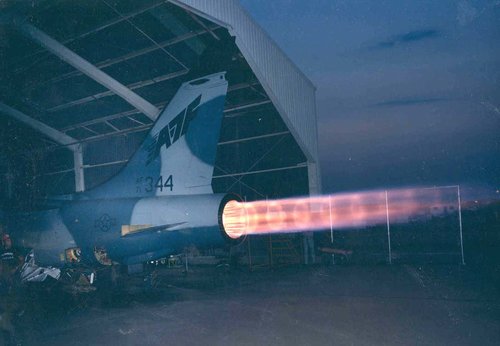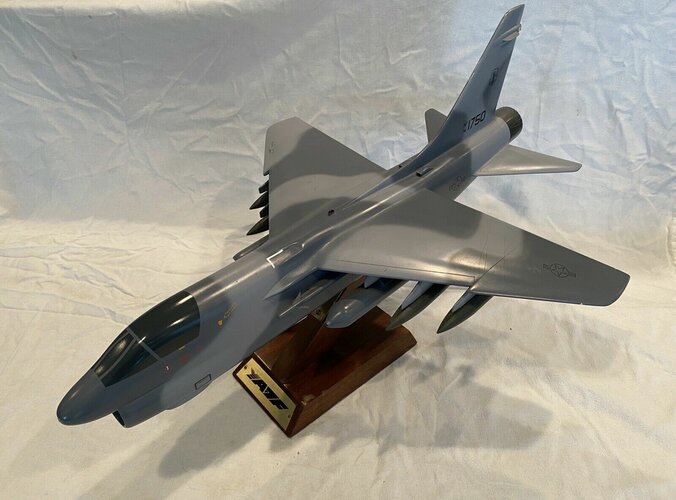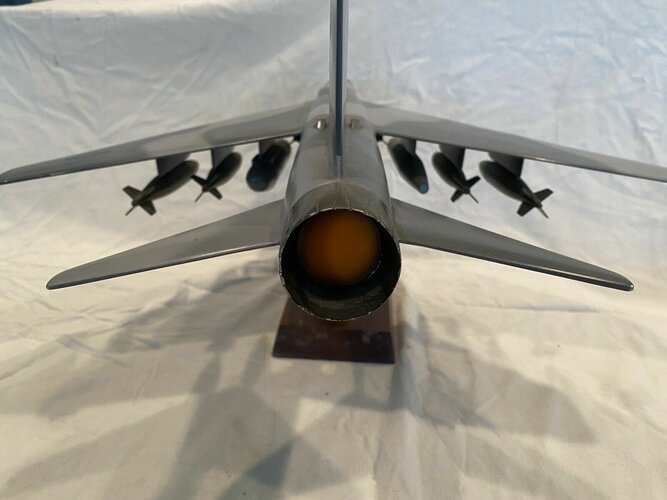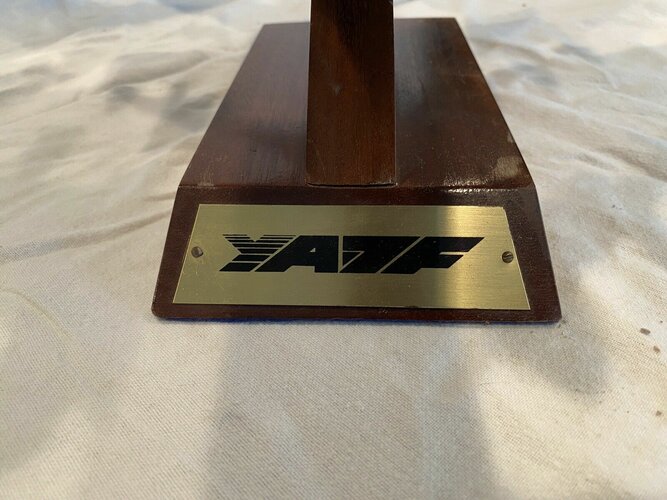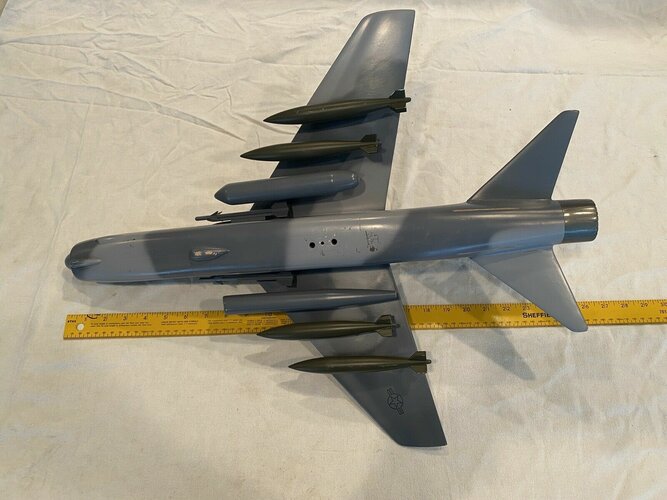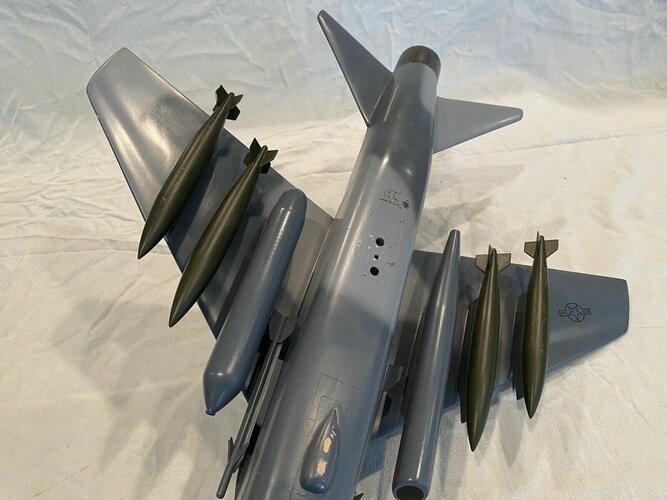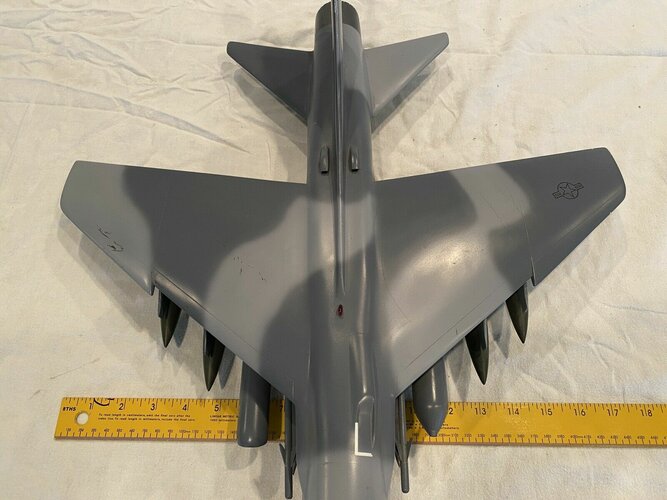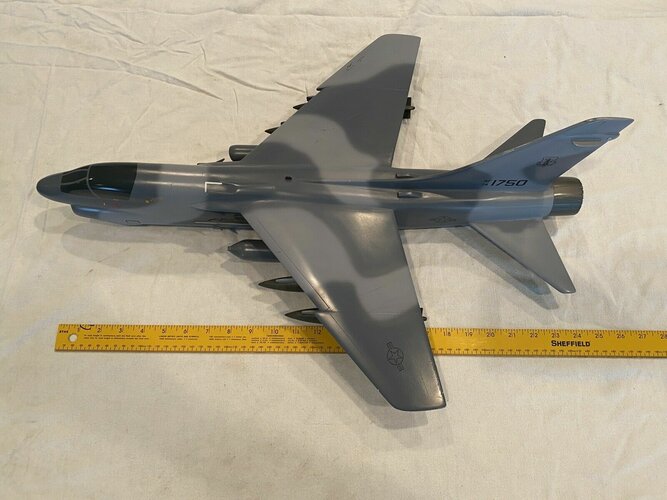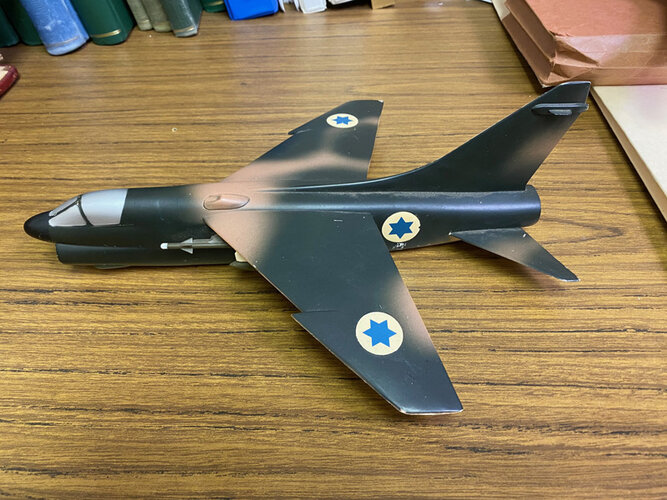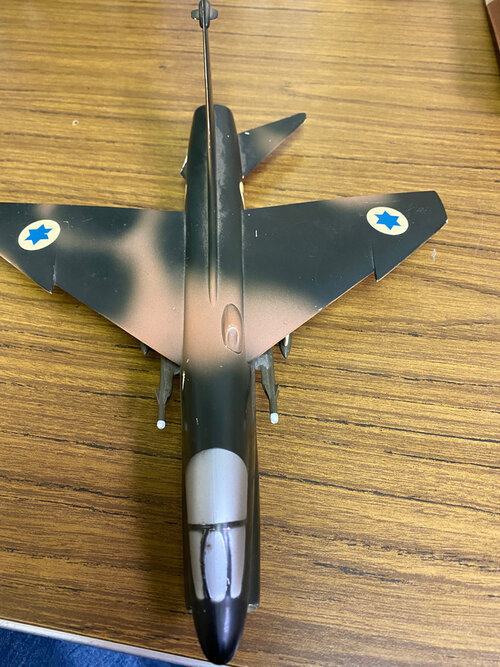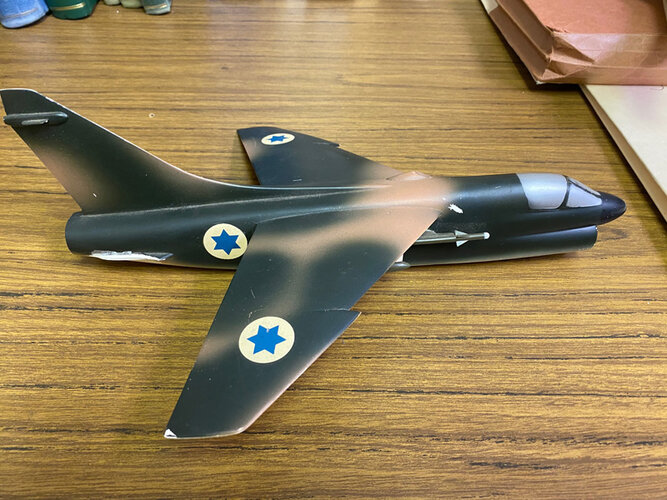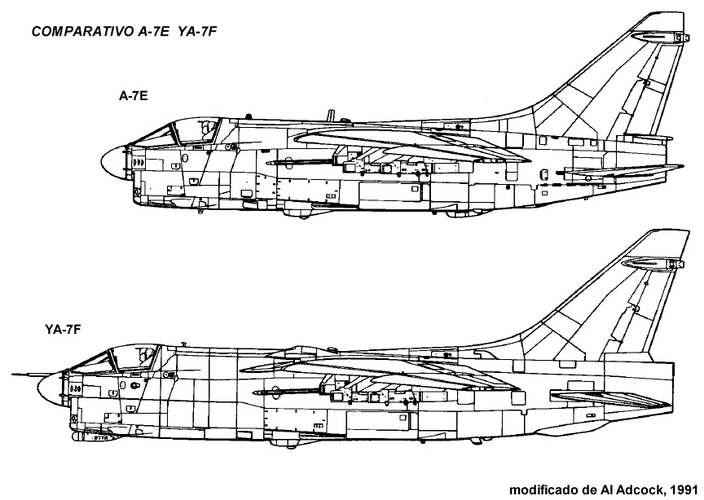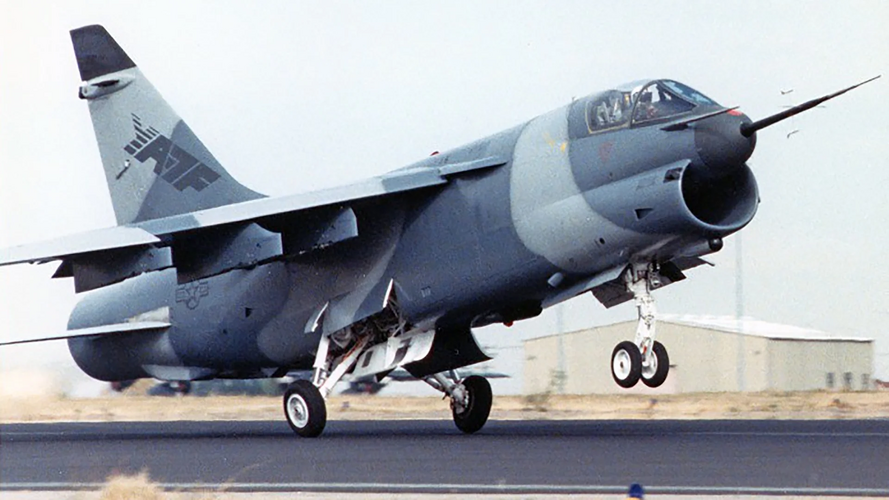Pioneer said:
Sorry if this is already common knowledge, but I've just finished reading Modern Battlefield Warplanes by David Donald (AIRtime Publishing). In it, it stated -
"In July 1973, when the Air Force was slow to act on a congressional recommendation that the new aircraft [the Fairchild A-10] be evaluated against the A-7D, funding for four of the YA-10A’s was cut. From 16 April until 10 May 1974, the fly-off was held at McConnell AFB, in Wichita, Kansas. The second YA-10 and an A-7D were flown by four USAF pilots with combat experience in F-100’s and F-4’s.
Because of its design, the YA-10 was found to be more survivable, more lethal because of its yet-to-be-fitted 30mm [GAU-8 Avenger] cannon, and less expensive to operate. Perhaps it’s most remarkable coup over the venerable SLUF was when the [Y]A-10 was able to spend two hours ‘on station’, 299 miles/481 km from base, with 18 500lb (227 kg) bombs. The A-7D was only able to spend 11 minutes. The evaluation finally killed off the proposed A-7DER, a stretched, re-engined, rebuilt Corsair II, incorporating the GAU-8 Avenger cannon."
Does anyone have anything more on this competitive fly-off evaluation?
Regards
Pioneer
Once the AH-56 died, AF had to figure how the A-10 was going to fit into its inventory anyway. At first, the A-10 was going to be a complement to the A-7 as their performance didn't really overlap that much. However, at about the time of contract award AF announced a different strategy, the A-7D would be taken out of USAF service and given to the ANG. I wonder if the fact that the A-7 was a Navy plane (albeit significantlyy improved by USAF into the A-7D--so much so that Navy bought the AF version as A-7E) had something to do with it.
Congress mandated a flyoff between the A-10 and the A-7. USAF objected loudly, but faced with a cutoff of A-10 funds, reluctantly went along. For the flyoff, the A-7D would substitute for the A-7DER. The ER would incorporate a fuselage stretch (based on some work done for the A-7X) to accomdate more fuel to increase loiter. It would also have increased thrust, most likely from an uprated TF41 to maintain or increase performance in light of the higher weight. The proposed ER was proposed with the GAU-8A internally mounted (550 rounds vs. A-10's 1,350), podded (rejected early because of performance considerations or not carried at all with Mavericks to be used, something A-10 itself adopted.
Flyoff was held in early 1974. USAF being USAF, the aircraft apparently weren't evaluated for the CAS role as much as they were evaluated for the A-10 role, which, looking strictly at that, the A-10 won handily. Combing that with other flight tests and available data, an interesting picture emerged.
Flying at its normal attack speed and using high drag bombs in a visual attack, A-10 was more accurate than A-7 flying at its normal attack speed. Couldn't compare the other way because A-10 couldn't fly that fast. However, if A-7 slowed down to A-10 speeds, it was just as accurate, and once the A-7 turned its avionics on.... A-10 was more maneuverable at its "down low" speed and altitude than A-7 was down there. It had better loiter. Facing up to 23mm, A-10 was better able to withstand hits. Above 23mm, the advantage faded away (it's not that A-7 suddenly got stronger, it's just that at larger calibers, A-10 could be hurt just as bad). A-7 would get hit less because it was a smaller target and faster (in joint exercises, A-7' s attack speed tended to be 59% faster). A-7 was better in poorer weather. Depending on the distance away when the call came in, A-10 could hang around longer, but A-7 could get there significantly sooner. A-10 could get into more airfields. On very low altitude and anti-tank missions, A-10 was clearly better. On strike missions, you' d be better using an A-7. A further consideration was that historically, A-7 had a phenomenally low loss rate.
The competition produced no clear "winner". The opinion of the crews involved was that the A-10 had a place in the Air Force inventory, but that the A-7 should be retained for its capabilities. In light of this, AF announced its revised policy: The A-7D would be taken out of the USAF service and given to the ANG.

